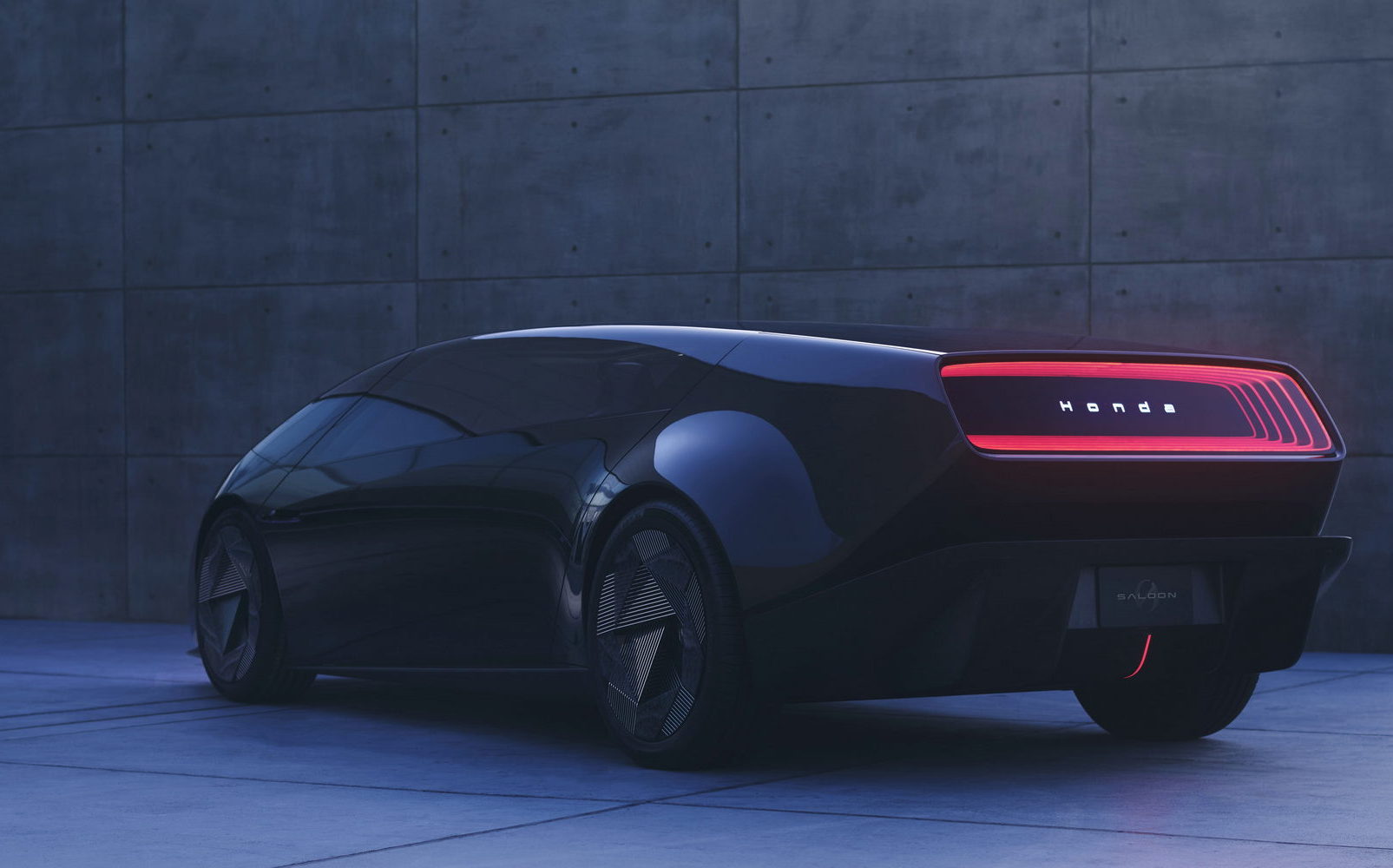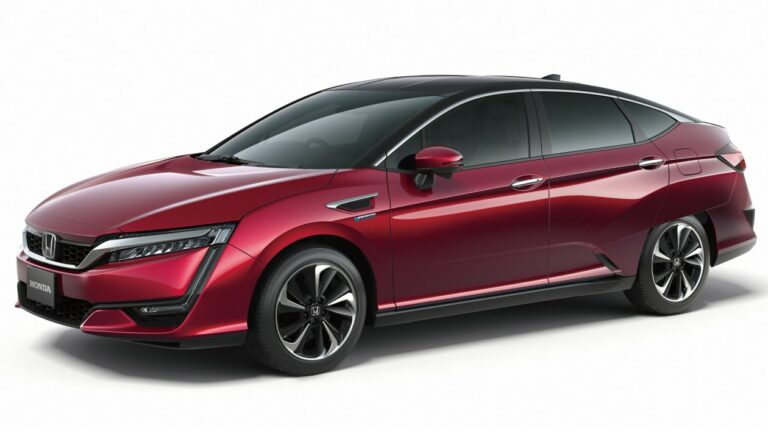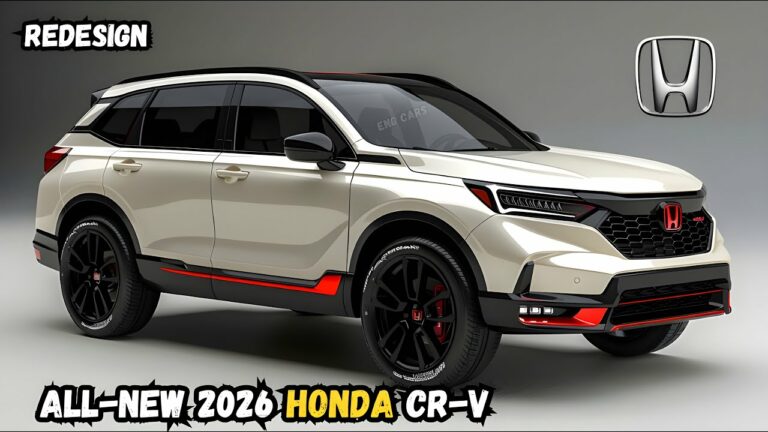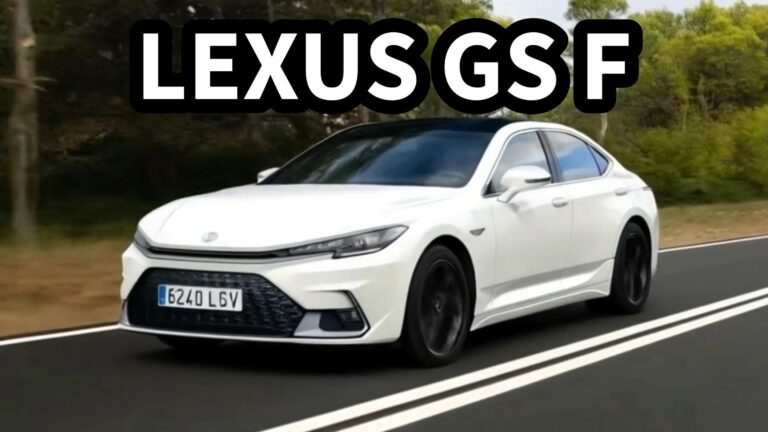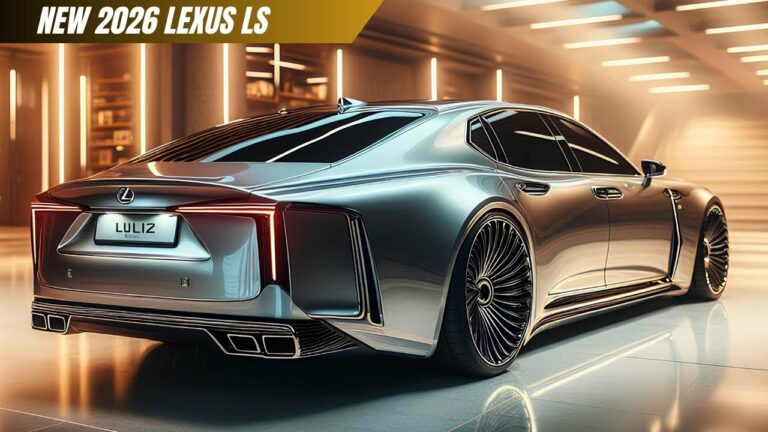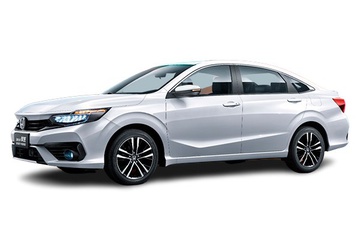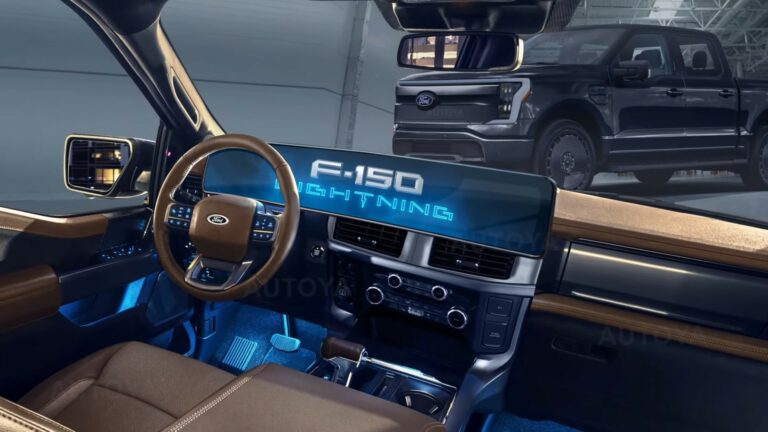New 2026 Honda E Release Date
Release Date Timeline

The 2026 Honda E is slated for release in the spring of 2026. However, it’s important to note that release dates can be subject to change due to unforeseen circumstances such as production delays or changes in market conditions.
Official Release Date
As of now, the official release date for the 2026 Honda E is set for April 2026.
Potential Delays
While the official release date is set for April 2026, there is always the possibility of delays due to factors such as production issues or supply chain disruptions.
Market Conditions
Market conditions can also impact the release date of the 2026 Honda E. If the market is experiencing a downturn, Honda may decide to delay the release of the vehicle in order to minimize financial losses.
Model Specifications

The 2026 Honda E showcases advancements in electric vehicle technology, boasting impressive specifications that meet the evolving demands of eco-conscious consumers.
Engine Performance
At the core of the 2026 Honda E is a high-performance electric motor that delivers exceptional power and efficiency. With a peak output of 150 kilowatts (201 horsepower) and 315 Newton-meters (232 pound-feet) of torque, the Honda E accelerates swiftly from 0 to 60 miles per hour in just 5.9 seconds.
Battery Capacity and Range
Powering the electric motor is a high-capacity 61.3-kilowatt-hour lithium-ion battery pack. This advanced battery provides an impressive range of up to 274 miles on a single charge, allowing for extended journeys without range anxiety.
Comparison to Previous Models and Competitors
Compared to the previous 2023 Honda E, the 2026 model boasts a significant increase in both power and range. The 2023 E offered 134 horsepower and a range of 211 miles, highlighting the advancements made in electric vehicle technology over the past few years.
In the competitive electric vehicle market, the 2026 Honda E holds its own against rivals such as the Tesla Model 3 and the Chevrolet Bolt EV. The Honda E’s combination of performance, range, and compact design makes it an attractive option for eco-conscious drivers seeking a fun and practical electric vehicle.
Alignment with Evolving Consumer Demands
The specifications of the 2026 Honda E align seamlessly with the evolving demands of electric vehicle consumers. As environmental concerns grow and charging infrastructure expands, consumers seek vehicles that offer both performance and extended range. The Honda E fulfills these demands with its impressive power, long-range capabilities, and commitment to sustainable mobility.
Design and Features
The 2026 Honda E boasts a sleek and futuristic exterior design that sets it apart from its predecessors. Its compact dimensions and smooth curves give it a modern and agile look, while the absence of a traditional grille emphasizes its electric nature.
The interior of the 2026 Honda E is equally impressive, with a spacious and minimalist cabin that prioritizes comfort and technology. The dashboard is dominated by a large, high-resolution touchscreen that serves as the central hub for infotainment, navigation, and vehicle settings. The seats are upholstered in premium materials and offer excellent support, enhancing the overall driving experience.
Advanced Features and Technologies
The 2026 Honda E is packed with advanced features and technologies that enhance safety, convenience, and connectivity. The infotainment system features voice recognition, smartphone integration, and a premium sound system. The vehicle also comes equipped with a suite of safety features, including lane departure warning, automatic emergency braking, and adaptive cruise control. Driver assistance systems, such as blind-spot monitoring and lane-keeping assist, further contribute to a safer and more enjoyable driving experience.
Market Impact
The 2026 Honda E is poised to make a significant impact on the electric vehicle market. With its sleek design, advanced technology, and competitive price point, the Honda E is expected to appeal to a wide range of consumers. The vehicle’s compact size and maneuverability make it ideal for urban environments, while its impressive range and fast-charging capabilities make it suitable for longer journeys.
Competitive Landscape
The Honda E will enter a competitive electric vehicle market, with established players such as Tesla, Volkswagen, and Nissan. However, Honda aims to differentiate itself through its unique design, innovative features, and strong brand reputation. The Honda E’s retro-inspired styling and customizable interior are likely to appeal to consumers seeking a vehicle that stands out from the crowd. Additionally, Honda’s expertise in engineering and reliability is expected to give the E an edge in terms of quality and durability.
Target Audience
The 2026 Honda E is primarily targeted at urban dwellers who prioritize style, technology, and environmental consciousness. The vehicle’s compact size and maneuverability make it ideal for navigating busy city streets and finding parking spaces. Additionally, the E’s advanced infotainment system and connectivity features are likely to appeal to tech-savvy consumers. The Honda E is also expected to attract environmentally conscious buyers who are seeking a sustainable and efficient mode of transportation.
Sustainability and Environmental Impact
The 2026 Honda E prioritizes sustainability and environmental consciousness, aligning with Honda’s long-term goal of achieving carbon neutrality by 2050. The vehicle incorporates several eco-friendly features that minimize its environmental impact.
Battery and Energy Efficiency
The Honda E utilizes a high-efficiency electric powertrain, optimizing energy consumption and extending the driving range. The vehicle’s lightweight construction further contributes to energy conservation. Honda’s advanced battery technology ensures longevity and performance, reducing the environmental footprint associated with battery replacement.
Reduced Emissions
As an electric vehicle, the 2026 Honda E produces zero tailpipe emissions, eliminating greenhouse gas emissions during operation. This significantly reduces the vehicle’s contribution to air pollution and climate change. The absence of combustion engines also eliminates noise pollution, creating a quieter and more pleasant driving experience.
Recyclable Materials and Sustainable Manufacturing
Honda employs sustainable manufacturing practices in the production of the 2026 Honda E. The vehicle incorporates a high percentage of recyclable materials, reducing waste and promoting a circular economy. Honda’s commitment to sustainability extends beyond the vehicle itself, encompassing the entire manufacturing process, aiming to minimize environmental impact at every stage.
Environmental Benefits of Electric Vehicles
The widespread adoption of electric vehicles like the 2026 Honda E has significant environmental benefits. Electric vehicles reduce greenhouse gas emissions, contributing to the fight against climate change. They also improve air quality by eliminating tailpipe emissions, leading to cleaner and healthier urban environments. The shift to electric vehicles promotes sustainable transportation and reduces dependence on fossil fuels, enhancing energy security and fostering a greener future.
FAQ Corner
When is the official release date for the 2026 Honda E?
Honda has not yet officially announced the release date for the 2026 Honda E. However, industry experts anticipate its debut sometime in 2025, followed by its official release in early 2026.
What are the key specifications of the 2026 Honda E?
The 2026 Honda E is expected to feature a powerful electric motor delivering an exhilarating driving experience. Its advanced battery technology promises an extended range, allowing drivers to travel farther on a single charge. Additional specifications, including battery capacity and performance details, will be revealed closer to the official release date.
How does the 2026 Honda E compare to previous Honda E models?
The 2026 Honda E represents a significant evolution from previous Honda E models. It is expected to offer improved performance, enhanced efficiency, and a more spacious and technologically advanced interior. Honda has listened to customer feedback and incorporated numerous refinements to create a vehicle that surpasses the high standards set by its predecessors.
What are the sustainability features of the 2026 Honda E?
The 2026 Honda E embodies Honda’s commitment to sustainability. It is expected to feature advanced energy-saving technologies, regenerative braking systems, and eco-friendly materials throughout its construction. Honda aims to minimize the environmental impact of the 2026 Honda E at every stage of its lifecycle, from production to disposal.
